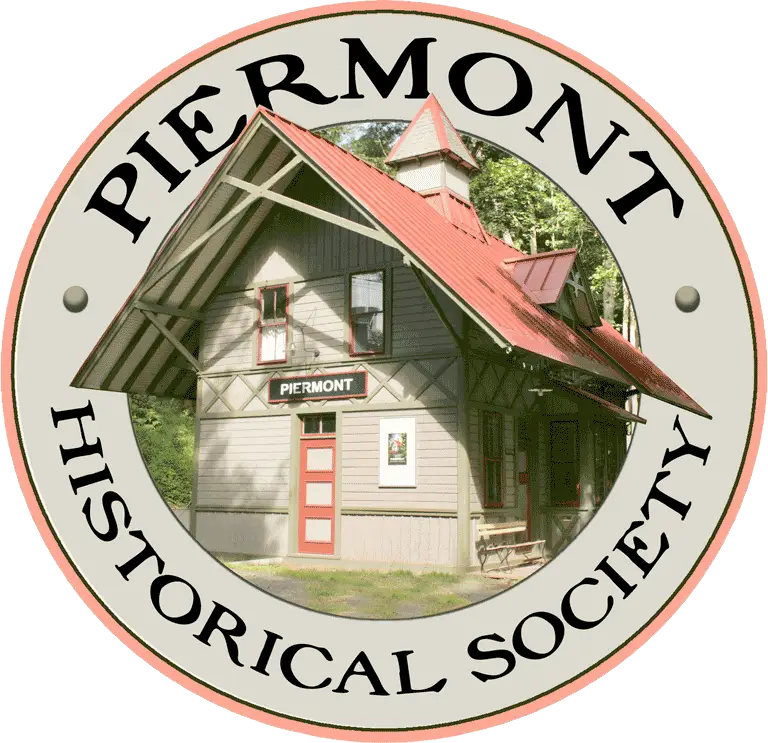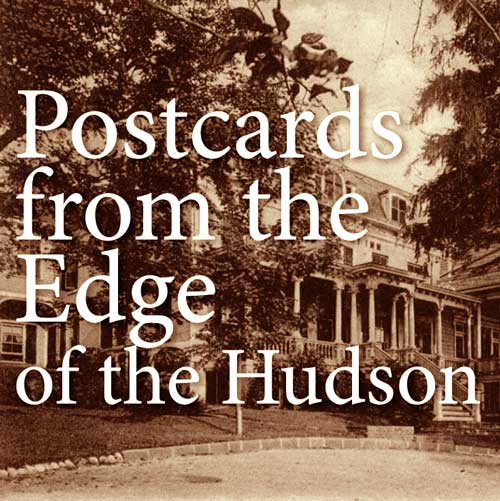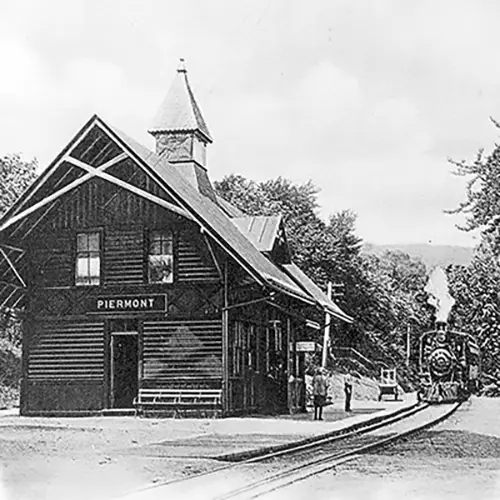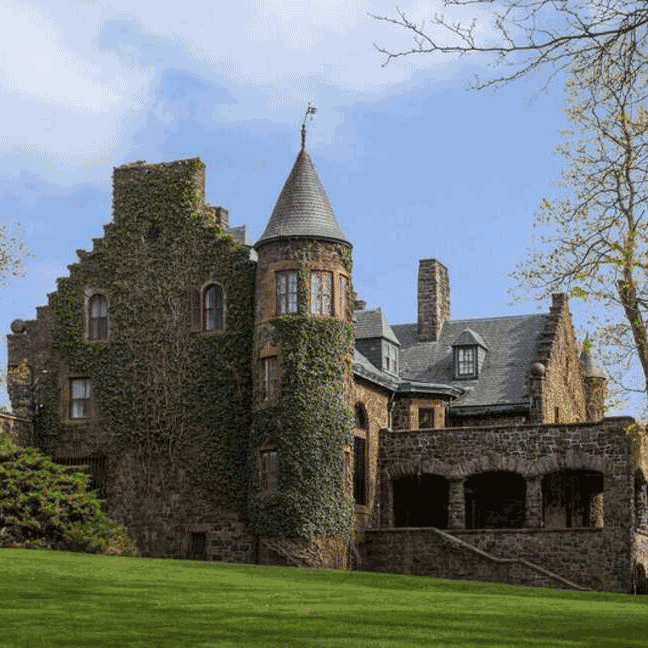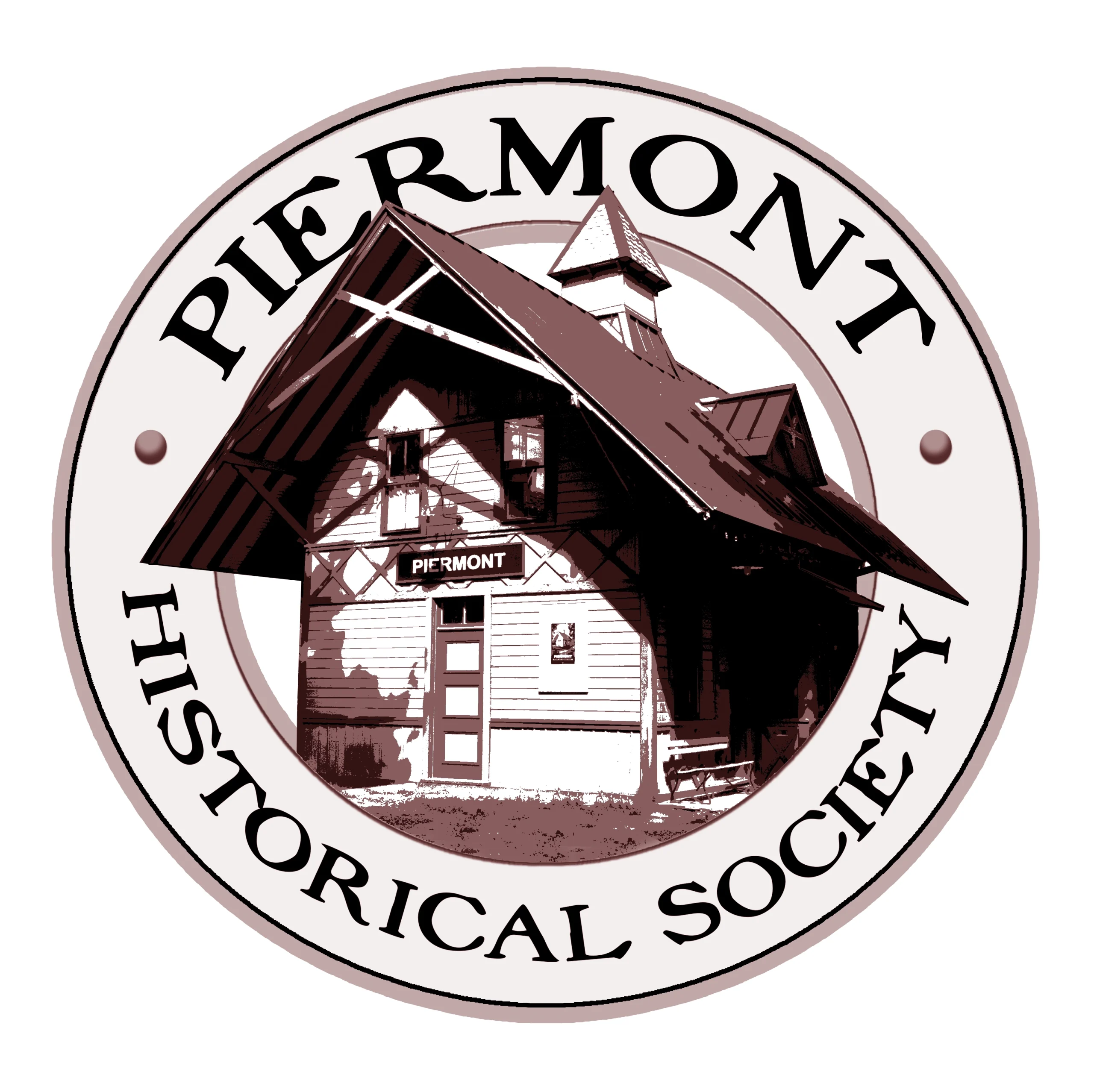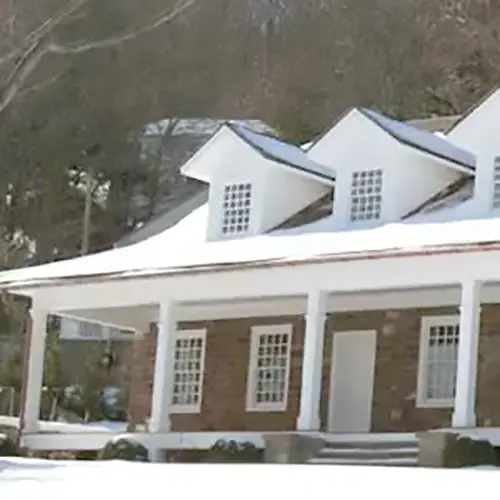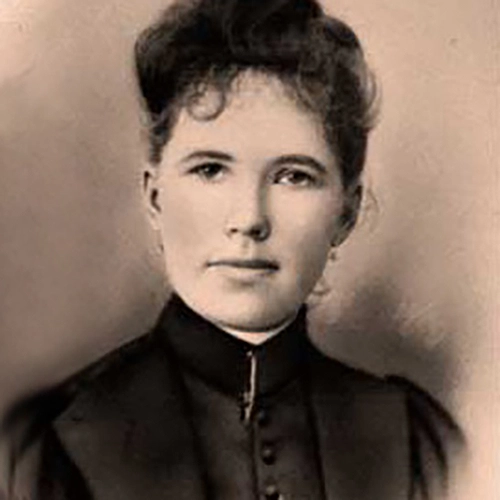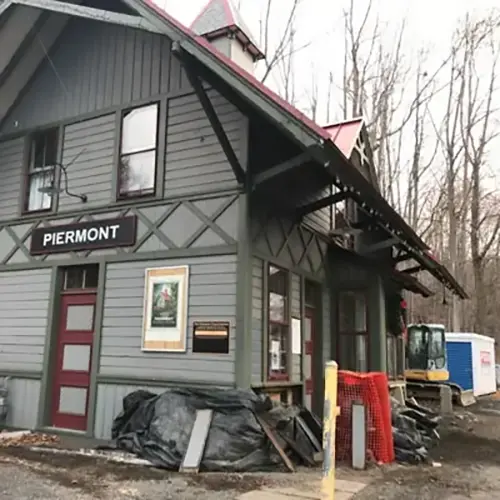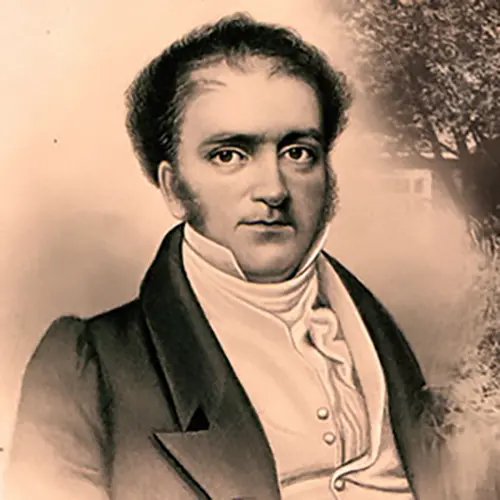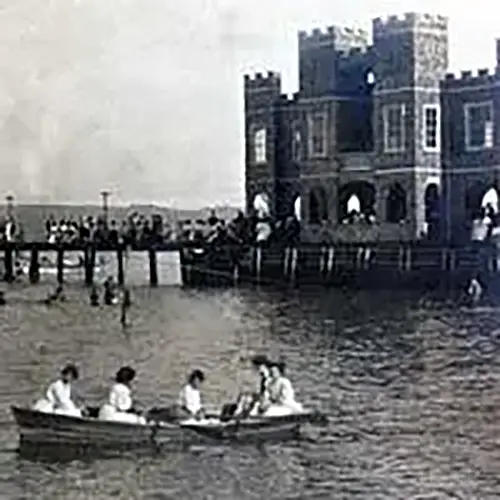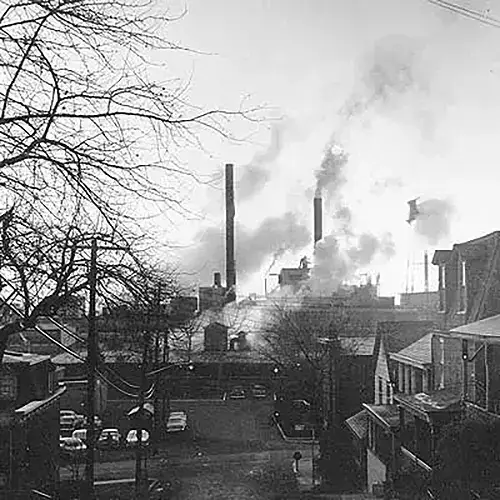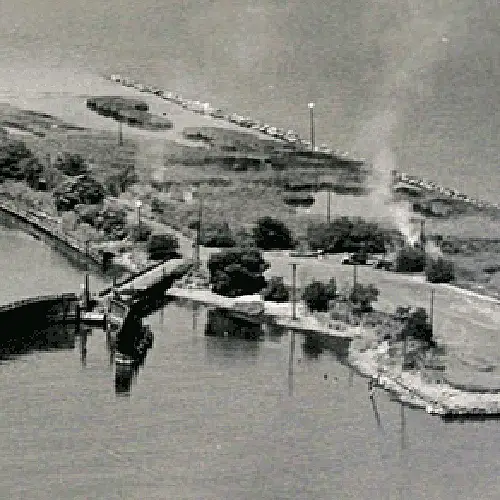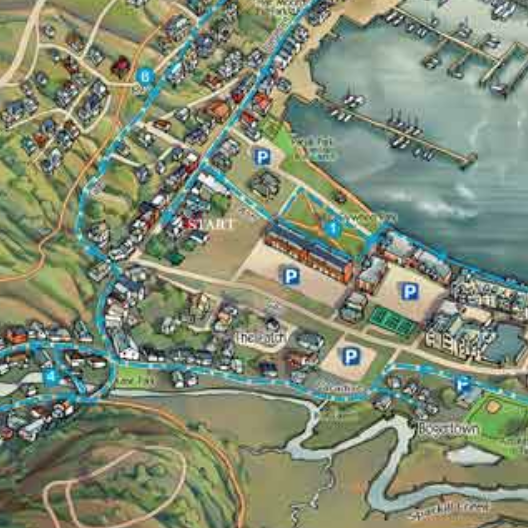
Historic District
Rockland Road Bridge Historic District, “The Birthplace of Piermont” is the oldest and most historic district of the village. This is where Piermont, as a commercial entity, took root. Many of the surrounding buildings have maintained their 19th-century character. In 2012 this district was listed on The National Register of Historic Places. The Rockland Road Bridge, Haddock’s Hall and Ferdon Hall are listed individually. Does your home qualify as an Historic Place? Find out here.
Oldest House
Possibly the oldest house in Piermont. Number 272, built around 1730, a few years before George Washington was born. This house was formerly a tavern, believed to have once hosted Washington himself.
Rockland Road Bridge
The Rockland Road Bridge, built in 1874 and restored in 2011, is the only surviving stone and single-span, brick-arched bridge in Rockland County and one of the only three remaining in New York State.
Tappan Slote
The Tappan Slote, also called the Sparkill Cut, at that time was the only water passage north of New York City which allowed sloops to get on the western side of the Palisades ridge. Slote is from the Dutch word “sloot” meaning trench or ditch.

Sparkill Creek
Around 1740, the Sparkill Creek was deepened and rerouted so that at high tide fully loaded sloops could navigate the Slote successfully. During low tide they could be dragged by men to the mouth of the Hudson River for their journey to New York.

Going through the Slote was the most efficient way that goods, material and people could travel between New York City and the interior of the nation. The word “Slote” means trench, or ditch in Dutch.

The Grist Mill
A 1745 map of the area shows a cluster of four buildings, one of which was Henry Ludlow’s gristmill. From the center of the bridge looking west you can see the millpond, which still exists to this day. It was at this location, at the end of navigation, that the sloops would transfer their materials to land. The mill pond was the perfect location for a store.

The Store
Abraham Mabie, the first known store-owner in this district, operated a general store and gristmill long before the Revolution. In 1783, Major Peter Taulman took over Mabie’s general store. In 1805, Taulman rebuilt the store on the creek just west of the bridge – now 239 Piermont Avenue. Later, Roger Haddock added the Mansard roof and converted it to stables.

In the 1700’s when Major Peter Taulman opened his general store, the area was known as Taulman’s Landing.
Haddock's Hall
Haddock’s Hall, known locally as the Silk Mill, was built in 1876 and listed on National Registry of Historic Places in 1990. It served as Piermont’s Village Hall, library, music hall and general store from 1876-1900. In 1900 it became Hasbrouck Motor Works making motors for yachts. From 1926 to 1975 it was a textile mill. During WW2, ripcords for parachutes and ribbons for good conduct medals were made here. Today it is a private residence.

Piermont and Venice

In 1916, the creek side of Haddock’s Hall was converted to a Venetian Canal for the movie, The Hungry Heart, which was based on a French Play Frou Frou. It was the first time Piermont was used by the film industry. Since then many movies have been made in Piermont, most notably, Woody Allen’s The Purple Rose of Cairo. Most recently, Piermont has been the site for TV episodes of Law and Order: SVU, The Blacklist, The Following, and Orange Is The New Black.
264 Piermont Avenue
ca. 1800 and later. This building is expressive in both form and plan of new influences, which were shaping local design after the Revolution, as longstanding Dutch construction methods began to wane. The five-bay facade, central entrance plan and original two-story form (the upper frame story was added later) portray English architectural influences.
Anecdotal tradition maintains that Aaron Burr took accommodation at this building, an inn, following his July 1804 duel with Alexander Hamilton.

269 Piermont Avenue
“Protection Engine Company”, ca. 1854 and later. This two story brick building was originally built as a firehouse for the “Protection Engine Company”. Evident on the facade is the reworking of a large bay that once accommodated the company’s fire engine. This fire company began operations in 1851 under the direction of James Westervelt, and a firehouse was shown at this location on a map by the mid-1850’s. The village’s present Empire fire company was established in 1870. The two functioned simultaneously until at least 1890.

The Mine Hole
The Mine Hole is the name of a mine as well as a district in Piermont from Rockland Road Bridge to Valentine Avenue. African Americans lived here long before the Revolution. The mine consists of 2 shafts. One served as a fresh water spring until 1940. The other may have been mined for silver or iron. In the early 1970’s the entrance was restored and the old sign quoting H.W. Longfellow was replaced. The mine was sealed in 1975.

Ferdon Hall
Ferdon Hall is a keynote building in Piermont and arguably the best remaining example of antebellum temple-front neoclassical architecture in Rockland County. This Greek Revival Temple House with Iconic columns was built by prominent nineteenth century Piermont resident and mill proprietor, William Ferdon in 1840. It was recently restored and expanded with such care that the new faithfully represents the old.

Did you know The Historic District is part of our Walking Tour?
Download It Here or Preview It Here
Where did we get those names?
- We get the word “Tappan” from the earliest of Dutch settlers who called the Native Americans in the area “The Tappan”.
- It is thought that the creek got its name from the spars or masts that were visible over the marsh grass as the sloops moved through the “kill” which is the Dutch word for “creek”.
- The word “tappaen” means cold water in the Lenape dialect of the Algonquin language.
Others claim “tappaen” was a variation of “petapan”, meaning the direction of daybreak or the east. - In the 1800’s, Eleazar Lord wanted to evoke a marriage of the pier and the mountains so he renamed the village Piermont.
